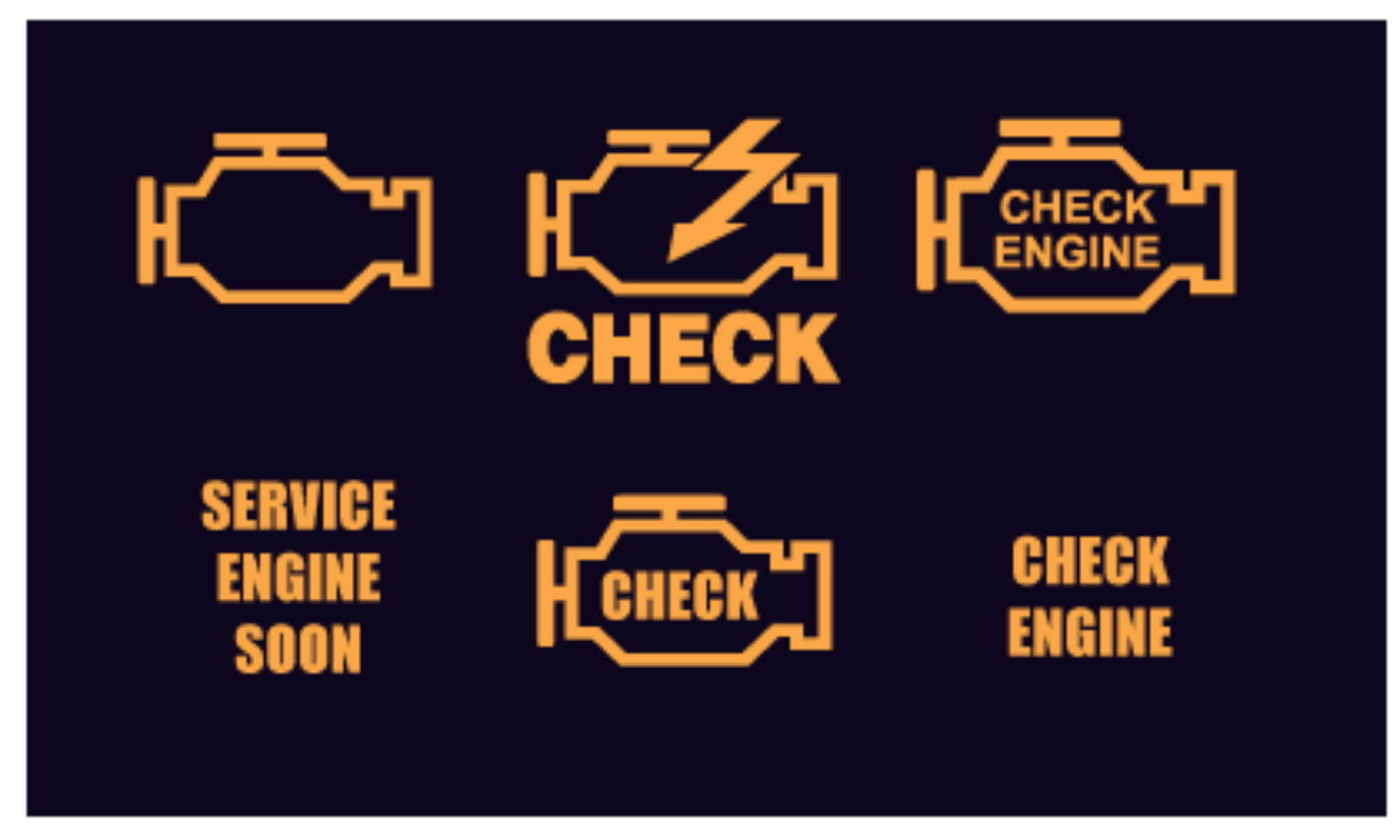Many people who own a vehicle do not actually have an accurate understanding of the differences between the driveline, the drive train, and the powertrain. As such, this can make it hard to know what type of repair services your vehicle will need when something goes wrong.
Luckily, here at Ryan GMW, we specialize in providing all types of BMW service and repair work, including powertrain, drive train, and driveline repair. But what are the differences between the driveline, the drive train, and the powertrain, and why is it important for you to understand these differences as the owner of a BMW vehicle?
Why You Should Understand The Differences?
As a vehicle owner, you might not be sure why you need to understand the differences between these three different components and terms. After all, you might be thinking, you only want to drive the vehicle; if it goes wrong, that is the job of the mechanic to diagnose the problem and not you.
Well, not entirely. While it might not be necessary for you to understand all of the terminology and intricate nuances used to describe vehicles and their components, being able to accurately explain a problem to your mechanic will make everyone’s lives easier.
After all, if you start explaining a fault with one of the systems and then drop your vehicle off at the garage with a different problem to the one that you have described, the garage workers will then have to spend more time working out what was actually wrong with the vehicle, potentially putting away any tools that they might have prepared in advance to fix the anticipated problem—which will only end up costing you more money when it comes to paying the final bill (as well as irritating the workers in the garage, which should ideally be avoided as well).
What Are The Differences?
There are a number of subtle differences between the driveline, the drive train, and the powertrain that you should look to understand if possible. These differences are subtle but are still worth considering if you are to get an accurate understanding of the different systems in your vehicle’s engine.

The Powertrain
First of all is the simplest of the three different terms: the powertrain. The powertrain is little more than the name given to all of the different components in your vehicle’s engine that make it, well, worked. Without the powertrain as a whole, the car would simply be unable to move very well.
The powertrain includes the following different components of the engine:
- Transmission
- Axles
- Engine
- Driveshaft
- Wheels
- Differentials
Clearly, each of these different components is essential for the car to run as it is supposed to. After all, without the wheels you would end up simply skidding down the road on the belly of the vehicle (for a short while until the immense friction caused the vehicle to explode, anyway); equally, without the engine working as it ought to, the vehicle wouldn’t be able to start at all in the first place!
The Drive Train
The drive train is the next term that you need to understand. It is, in fact, just as easy to understand as the powertrain; the drive train is made up of all of the different features of the powertrain, but with the engine excluded. In other words, the drive train includes:
- Transmission
- Axles
- Driveshaft
- Wheels
- Differentials
The only real difference between the drivetrain and the powertrain is that of the lack of an engine. Think of it this way: the powertrain includes all of the different components that power the car, while the drive train includes only those components which are needed for steering and maneuvering the vehicle.
The Driveline
The driveline is the most basic of the three different components, and is made up of the following components:
- Axles
- Driveshaft
- Wheels
- Differentials
Primarily, the driveline is used for the control of the driveshaft, meaning that it does not include the engine or the transmission. On this logic, it can be thought of as either the drive train, but without the transmission, or the powertrain without the engine and the transmission.
By understanding these differences, you will be able to have a far better understanding of the way in which your car works. In turn, this will help you to understand problems that might be developing with your BMW so that you can work to avoid making them any worse in the time that it takes you to pull over at a safe position or otherwise get your BMW into a garage for powertrain, drive train, or driveline services.
Indeed, while a powertrain problem could pretty much include an expansive list of different possible faults, it is helpful to be able to understand that a problem with the driveline is likely to be in relation to the driveshaft of the vehicle.
